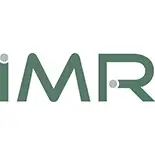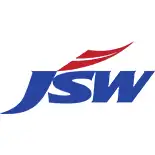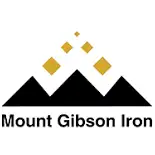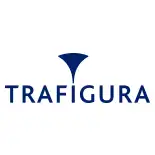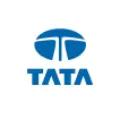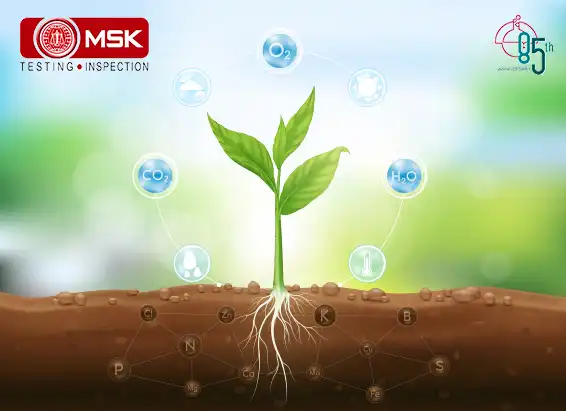
Introduction:
Fire assaying is an age-old technique which uses intense heat and dry reagents called fluxes to extract precious metals for its ores. Nowadays, lead fire assay and nickel sulfide fire assay are widely applied as separation and pre-concentration procedures for gold and the platinum-group elements before instrumental determination. For the analysis of all platinum group elements (PGE) in geological samples, the best method for sample decomposition and precious metals extraction is nickel sulfide fire assay, since it is capable of collecting all PGE (Pt, Pd, Rh, Ir, Ru). The advantages of this technique are firstly large amounts of sample can be taken for fusion which is necessary because of low levels of PGE content in real samples. Secondly, sampling errors arising from the nugget effect of these elements can be overcome due to large sample size. However, since the process is time consuming and involves a lot of steps, care must be taken to avoid any losses during the whole process. In this regard, we have tried to develop a NiS fire assay method for extraction of PGEs in ultrabasic rocks and chromite ores where a good recovery of PGEs was obtained.
Experimental:
The test portion was mixed with the fluxing agent in an appropriate proportion and melted at 1,100 ℃. After fusion, the melt was poured into a cast iron mould and allowed to cool to room temperature. The nickel sulfide button was hammered out of the slag. The NiS button was transferred into a beaker, about 300 ml of HCl (37% v/v) was added, the flask covered with a watch glass, placed on a hot plate and heated gently below the boiling point until the button had disintegrated. Gold and the PGE sulfides remained undissolved. The solution was taken off the hot plate and diluted with about 150 ml of water. For better recovery, Te co-precipitation was used and the precipitate was filtered. The precipitate obtained was dissolved in aqua regia. Platinum group elements were determined directly by ICP-OES. A whole procedure blank was prepared in the same way. For this study, we have taken two reference samples namely, AMIS 0354 (ultrabasic rock) and OREAS 684 (chromite ore).
Results and discussions:
In order to obtain a good recovery of the PGEs, to decrease the turnaround time (as it is a time consuming process) and also to minimize the losses of the metals we have undertaken some precautions and rectifications. Firstly, the nickel sulphide button was carefully crushed into small pieces as large size button made dissolution difficult and time consuming. Secondly, tellurium co-precipitation led to better recovery as large volume of precipitate was obtained compared to PGE sulphide residue alone making loss during filtration less likely. Thirdly, no slag recovery led to lower results. The table below gives the PGE results obtained for two reference materials and the corresponding recovery of the PGEs. Some discrepancy in the iridium values were obtained due to high reagent blank value arising from the nickel oxide used.
Table 1: PGE values obtained for two reference samples
| Certified reference material | PGEs
|
Certified values (mg/kg) | Obtained values (mg/kg)
|
% Recovery
|
| AMIS 0354 | Pt | 2.19 | 1.98 | 90.4 |
| Pd | 1.33 | 1.20 | 90.2 | |
| Rh | 0.25 | 0.22 | 88 | |
| Ir | 0.08 | 0.40 | – | |
| Ru | 0.39 | 0.35 | 89.7 | |
| OREAS 684 | Pt | 3.80 | 3.50 | 92.1 |
| Pd | 1.72 | 1.56 | 90.7 | |
| Rh | 0.28 | 0.25 | 89.3 | |
| Ir | 0.10 | 0.50 | – | |
| Ru | 0.55 | 0.49 | 89.1 |
From the above table it is evident that the results obtained are in good agreement to the certified values and the method developed can be applied for determination of platinum group metals provided the blank values of the PGEs are kept to a minimum (by taking less nickel oxide without affecting the recovery of the metals) and the necessary precautions, as discussed, are undertaken.
Conclusion
In conclusion, a NiS fire assay procedure has been developed to determine the platinum group metals namely palladium, platinum, rhodium, ruthenium and iridium and the procedure appears to produce a recovery of ~ 88-92%. Loss of the precious metals probably occurs largely during the NiS fusion (if slag recovery is not done after first fusion) and during the dissolution process (if the NiS buckle is crushed). Tellurium co-precipitation was found to increase the metal recovery significantly. Iridium recovery is not consistent owing to very high iridium content in blank and very low concentration of iridium in the samples. Further optimization of the method is underway to lower losses at every stage and to improve the recovery of the metals.
Contributed by Dr. Satirtha Sengupta and Dr. Arijit Goswami under the guidance of Prof. Barun K. Gupta.

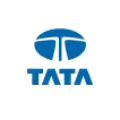
Chief Operation, FAMD, Tata Steel Limited..


Sr. General Manager,, Emirates Trading Agency L.L.C..


Mines Manager, Hindustan Zinc Limited, a Vedanta Company.


General Manager, Stevin Rock L.L.C..


Executive Vice President (Works),, DCW Limited.

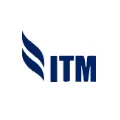
AVP – Coal Quality & Sales Compliance Head,, PT Indo Tambangraya Megah Tbk (BANPU).

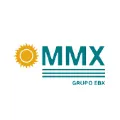
Laboratory Head, MMX.

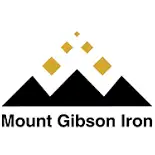
Shipping Administrator, Mount Gibson Iron Limited.

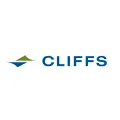
Senior Director – Asia Pacific Iron Ore Sales,, Cliffs Natural Resources Pty Ltd..


Member, Compass Group (India) Pvt. Ltd.
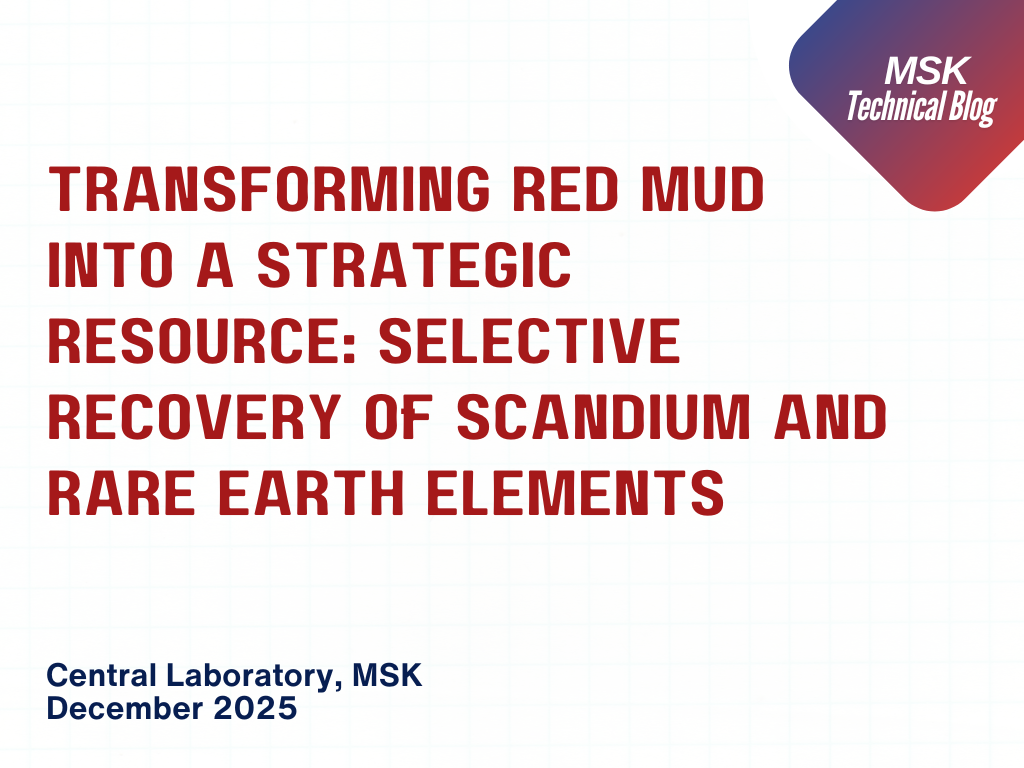
Posted on December 16 2025 By Mitra S.K ADMIN
Read More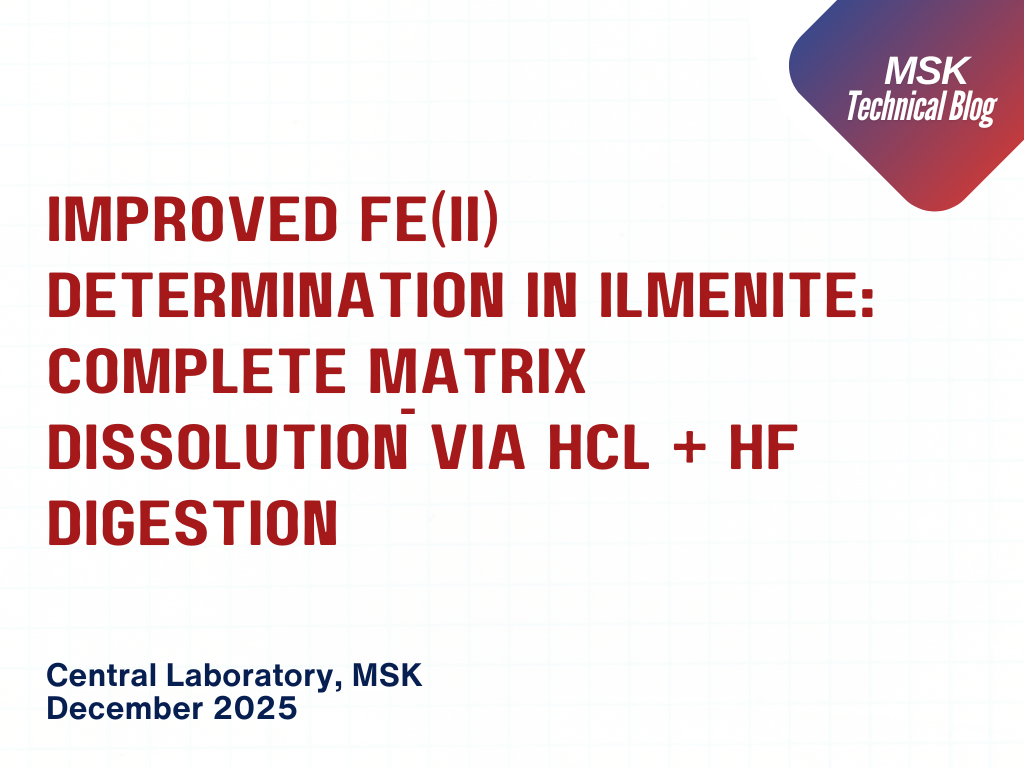
Posted on December 16 2025 By Mitra S.K ADMIN
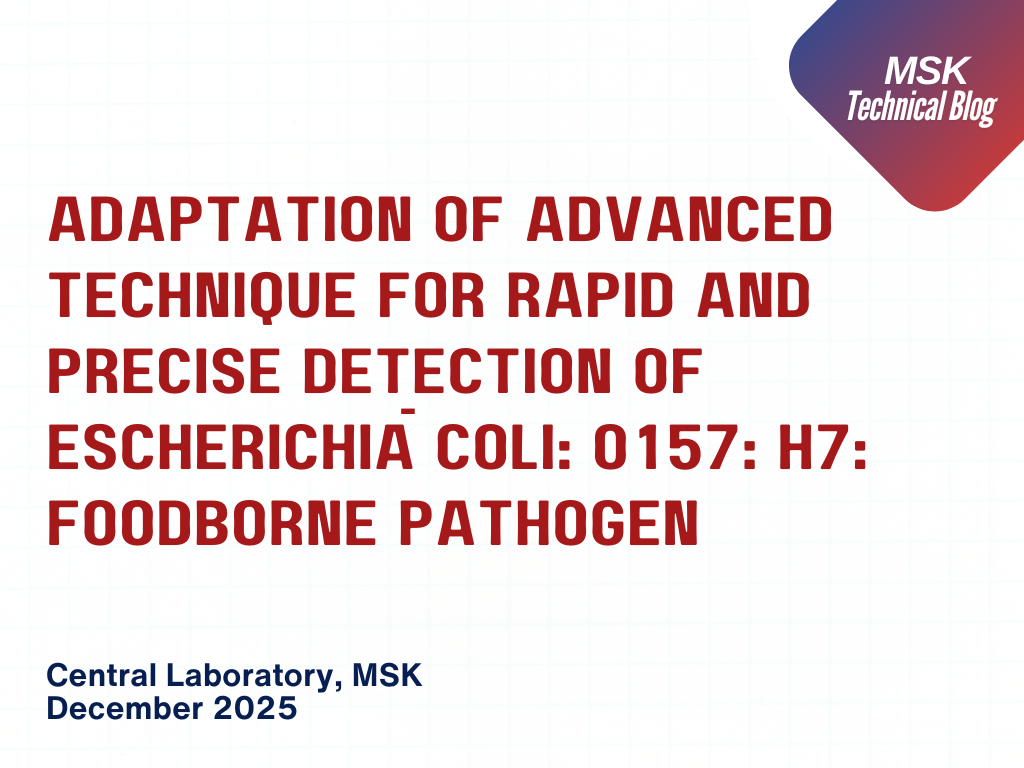
Posted on December 16 2025 By Mitra S.K ADMIN

Posted on December 11 2025 By Mitra S.K ADMIN
![Estimating Cobalt by UV-Vis Spectroscopy: The [CoCl?]²? Acetone Method](https://mitrask.com/uploads/blogs/1764834098Estimating%20Cobalt.png)
Posted on December 04 2025 By Mitra S.K ADMIN
Posted on December 04 2025 By Mitra S.K ADMIN
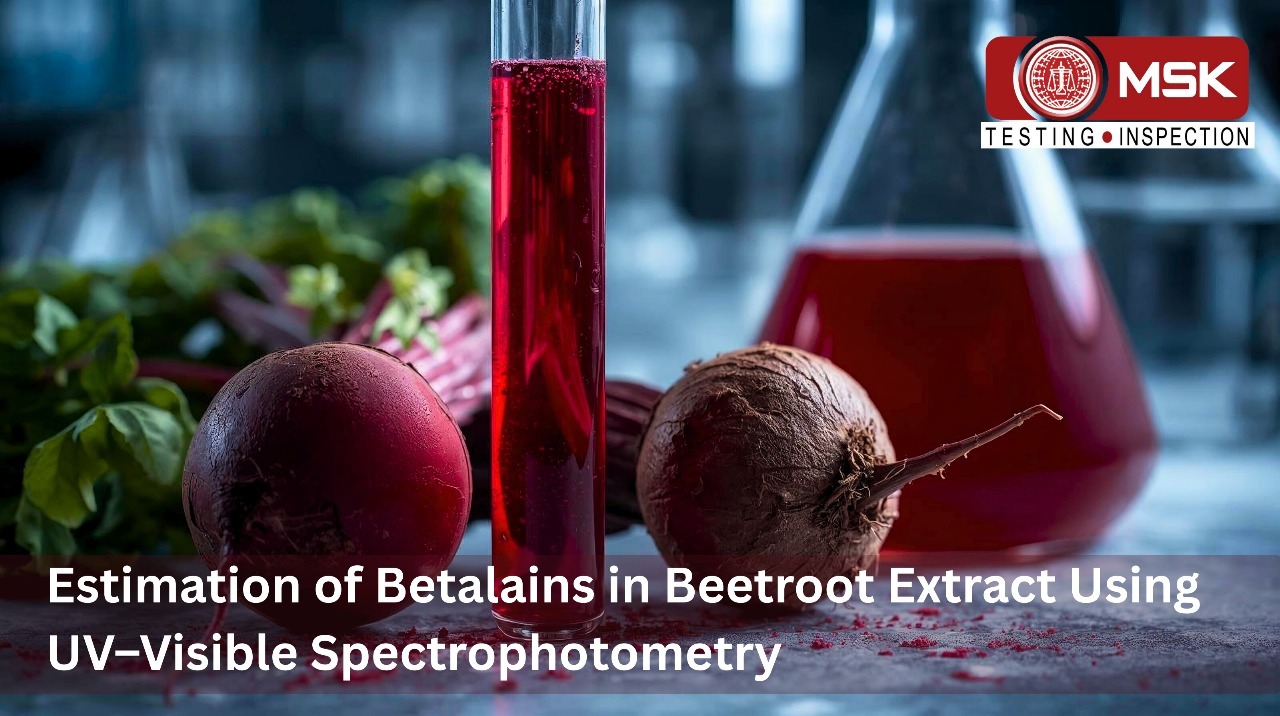
Posted on November 12 2025 By Mitra S.K ADMIN

Posted on September 23 2025 By Mitra S.K ADMIN
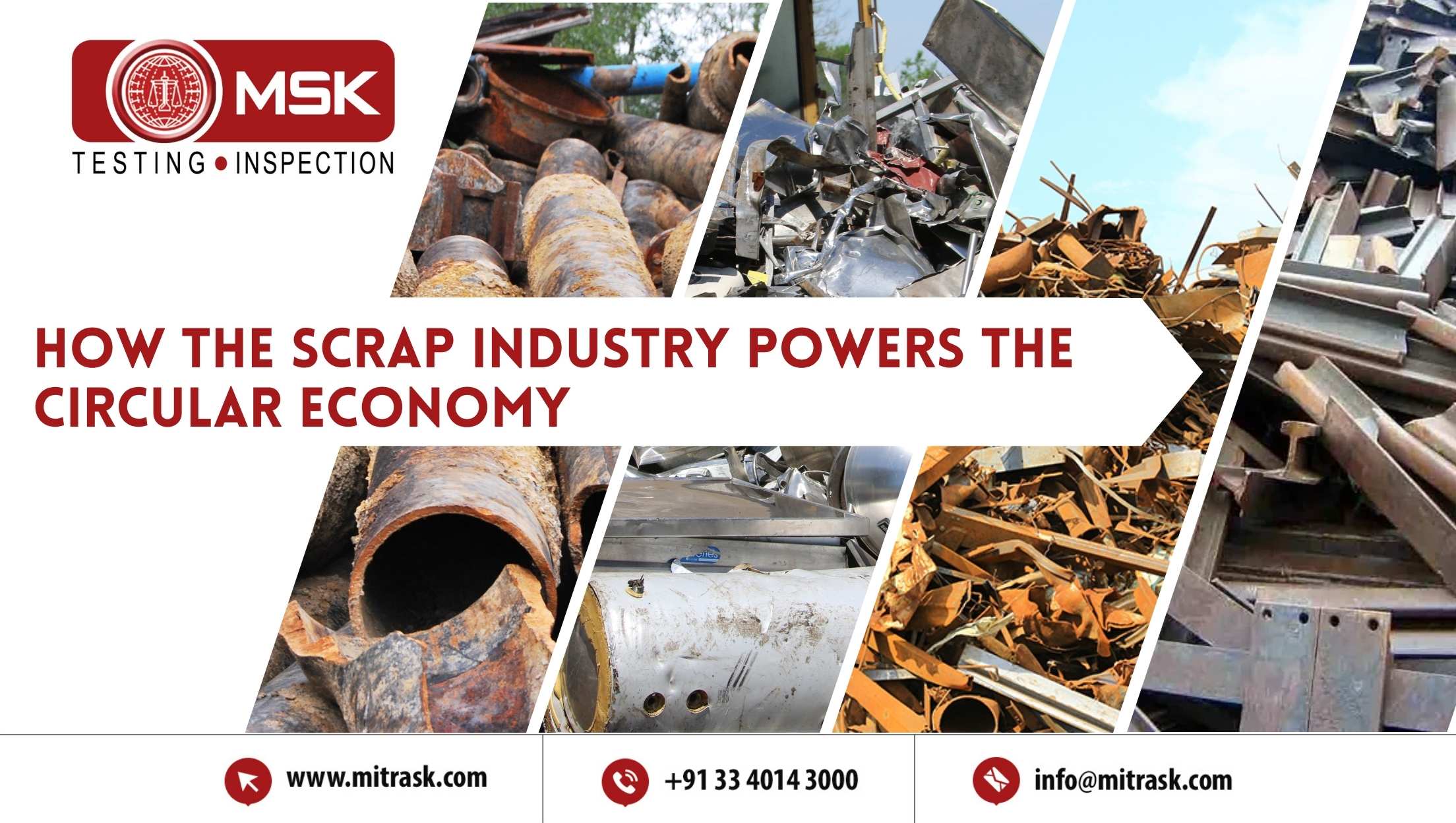
Posted on August 01 2025 By Mitra S.K ADMIN
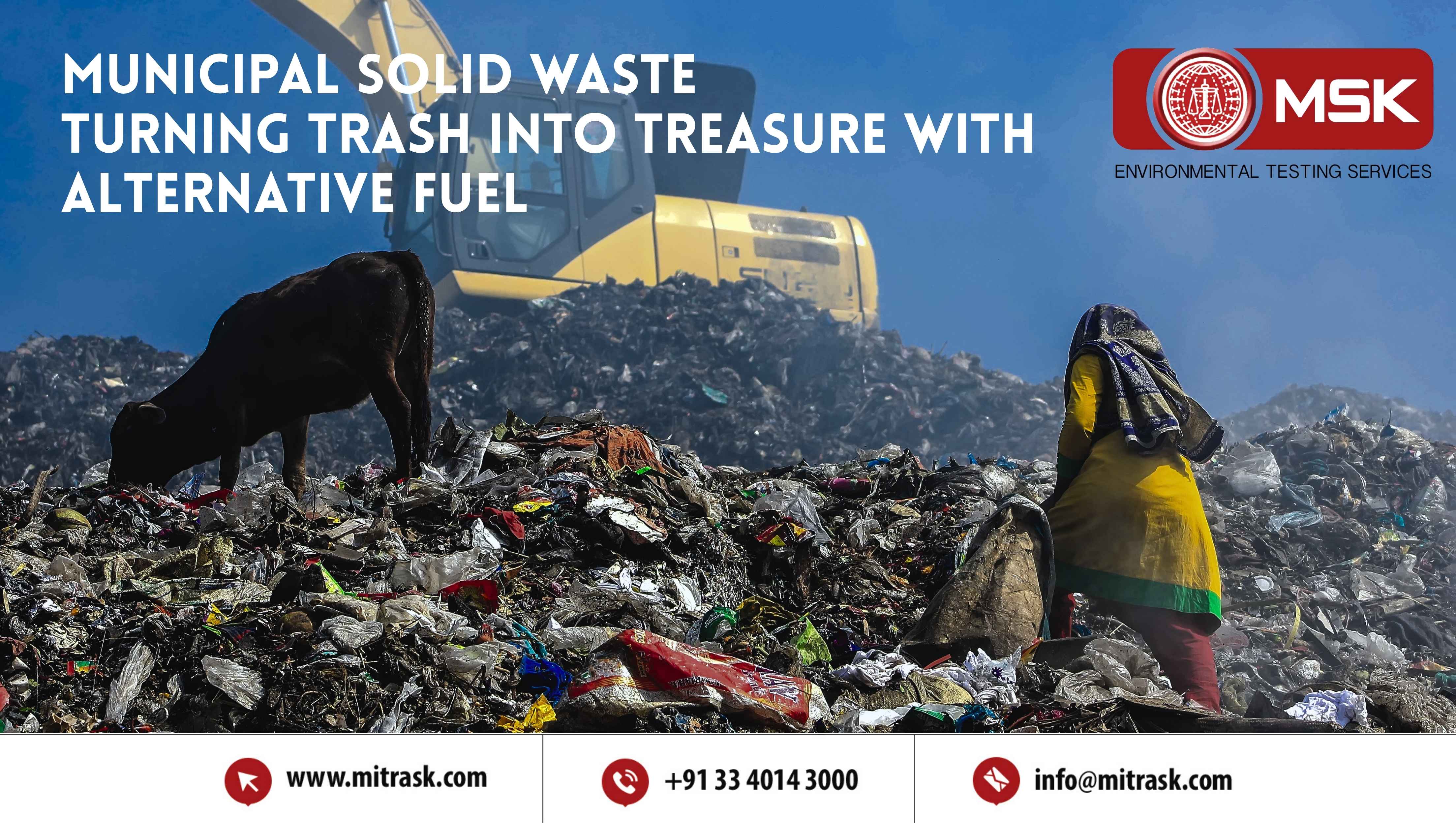
Posted on July 25 2025 By Mitra S.K ADMIN

Posted on July 18 2025 By Mitra S.K ADMIN

Posted on July 01 2025 By Mitra S.K ADMIN

Posted on May 22 2025 By Mitra S.K ADMIN

Posted on January 24 2025 By Mitra S.K ADMIN

Posted on January 24 2025 By Mitra S.K ADMIN
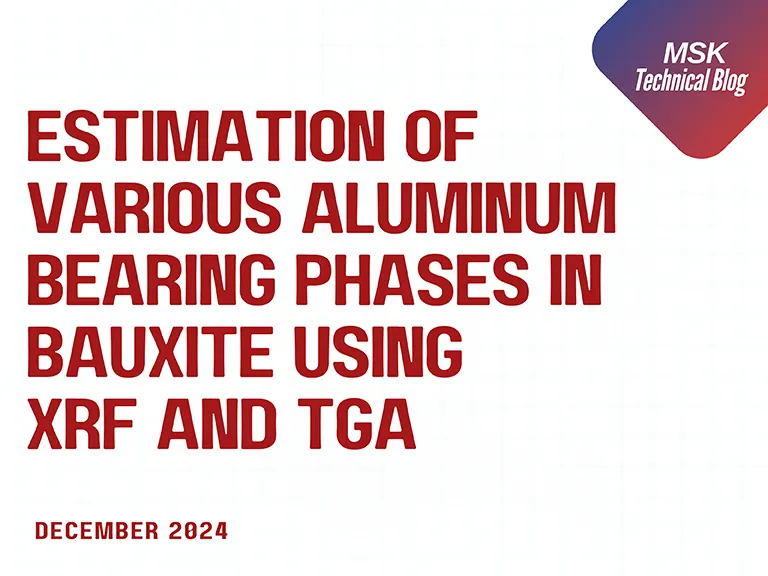
Posted on December 31 2024 By Mitra S.K ADMIN
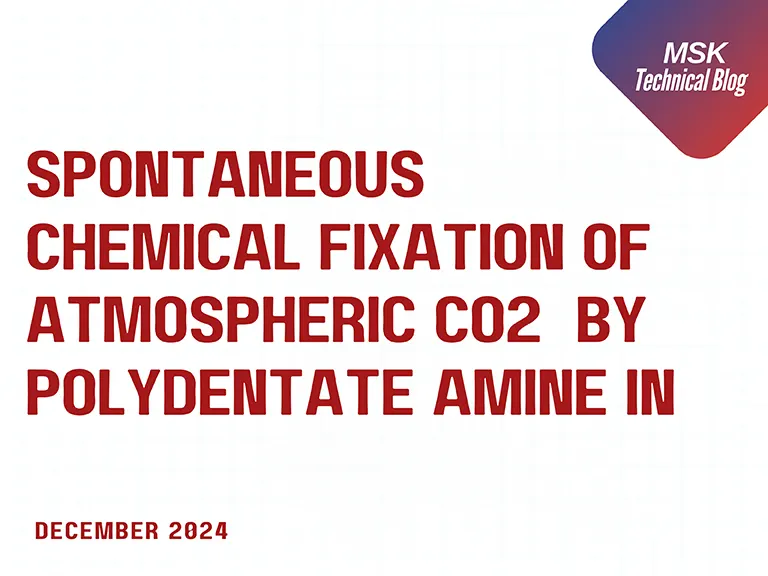
Posted on December 31 2024 By Mitra S.K ADMIN

Posted on December 31 2024 By Mitra S.K ADMIN
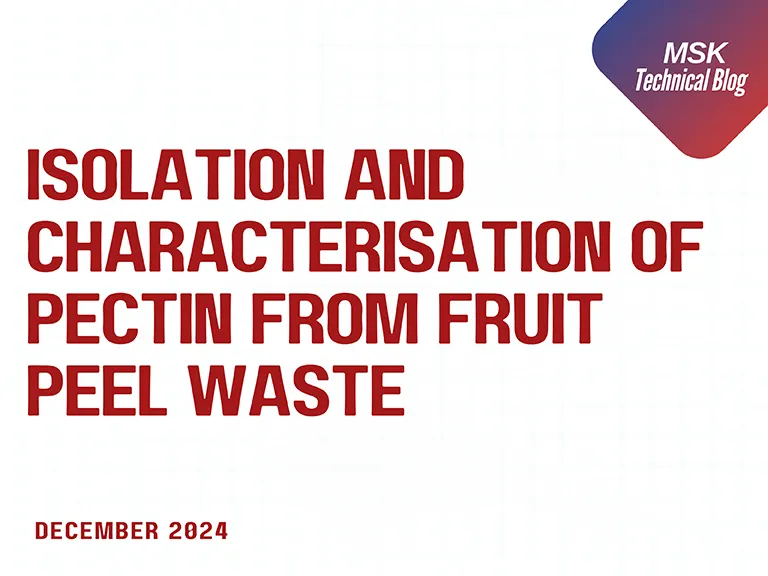
Posted on December 31 2024 By Mitra S.K ADMIN
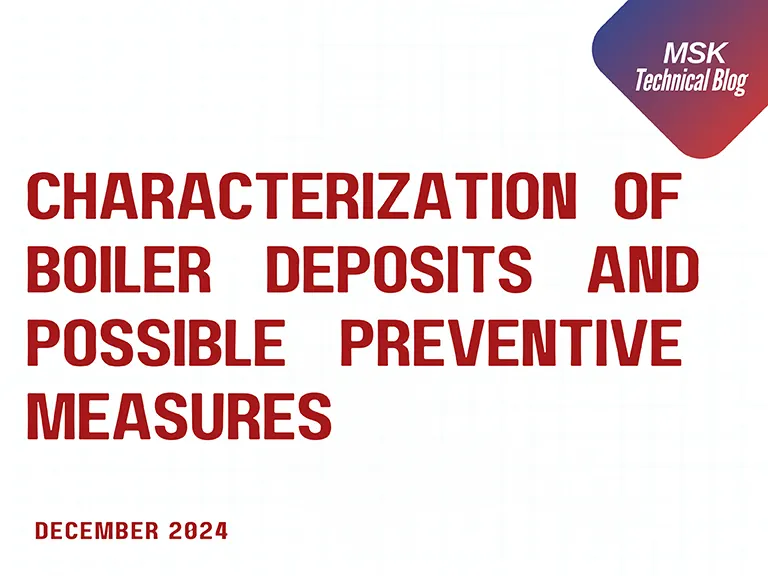
Posted on December 31 2024 By Mitra S.K ADMIN
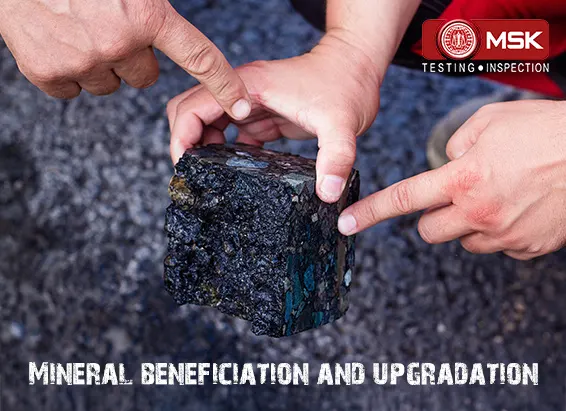
Posted on December 03 2024 By Mitra S.K ADMIN
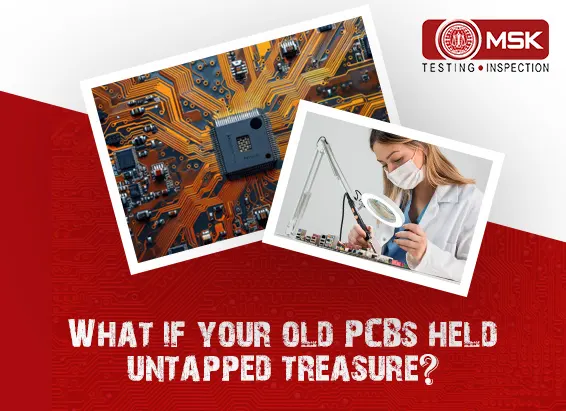
Posted on October 17 2024 By Mitra S.K ADMIN
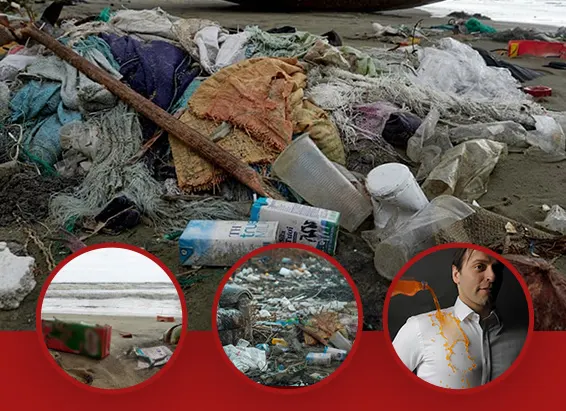
Posted on October 04 2024 By Mitra S.K ADMIN
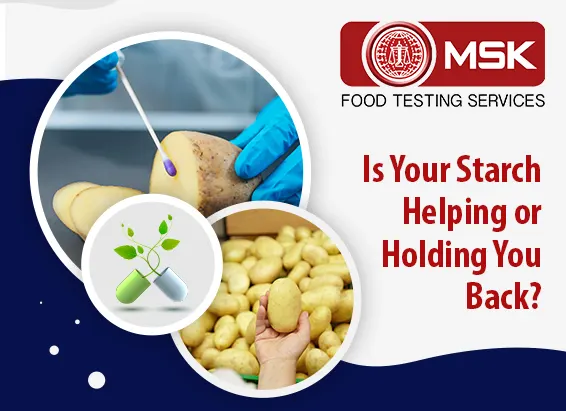
Posted on September 13 2024 By Mitra S.K ADMIN
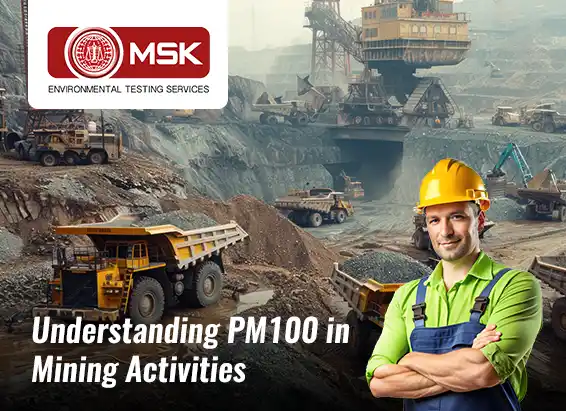
Posted on August 27 2024 By Mitra S.K ADMIN
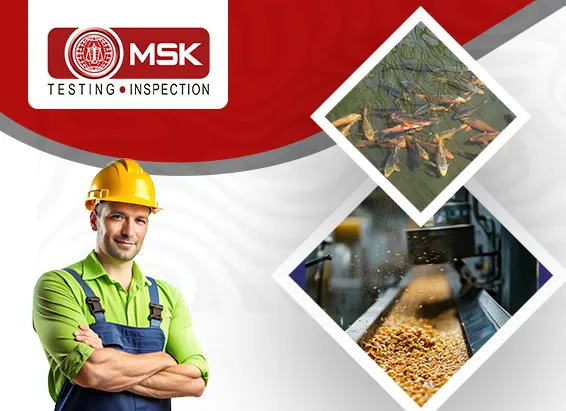
Posted on August 23 2024 By Mitra S.K ADMIN

Posted on June 27 2024 By Mitra S.K ADMIN
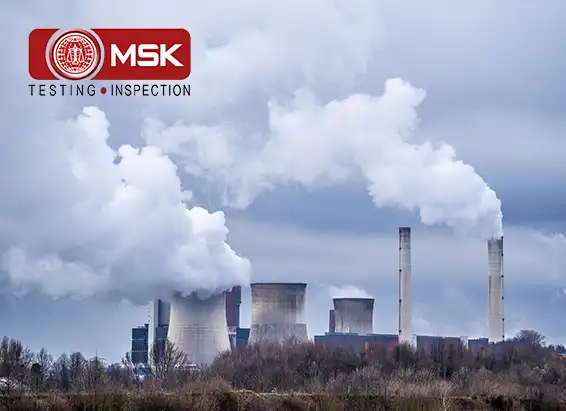
Posted on June 22 2024 By Mitra S.K ADMIN
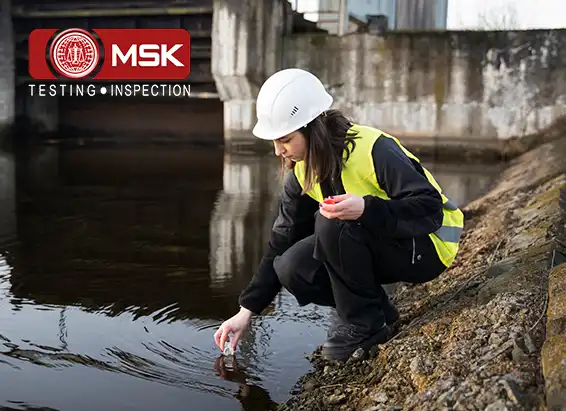
Posted on June 15 2024 By Mitra S.K ADMIN

Posted on May 24 2024 By Mitra S.K ADMIN
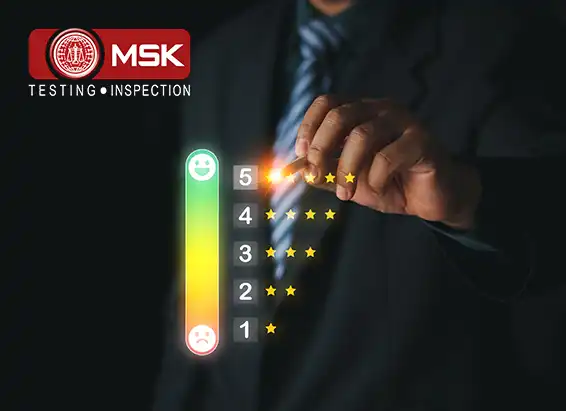
Posted on May 17 2024 By Mitra S.K ADMIN

Posted on May 09 2024 By Mitra S.K ADMIN

Posted on April 20 2024 By Mitra S.K ADMIN
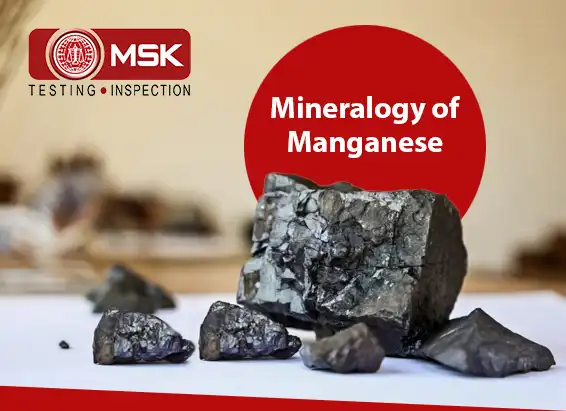
Posted on April 13 2024 By Mitra S.K ADMIN

Posted on April 30 2024 By Mitra S.K ADMIN

Posted on April 29 2024 By Mitra S.K ADMIN
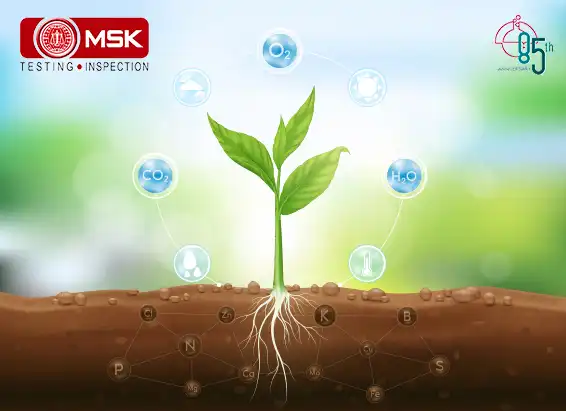
Posted on December 30 2023 By Mitra S.K ADMIN
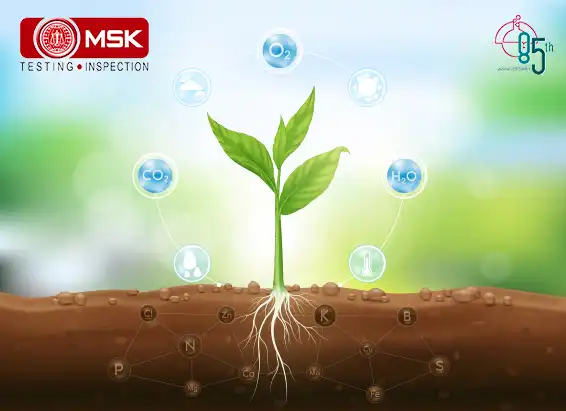
Posted on December 30 2023 By Mitra S.K ADMIN
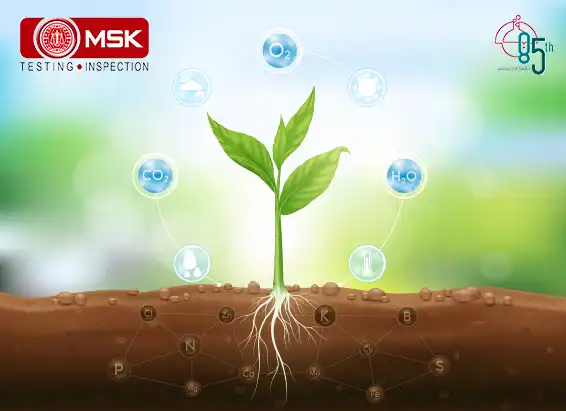
Posted on December 30 2023 By Mitra S.K ADMIN
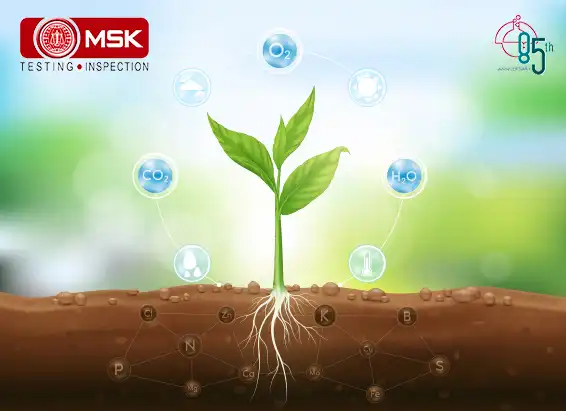
Posted on December 27 2023 By Mitra S.K ADMIN
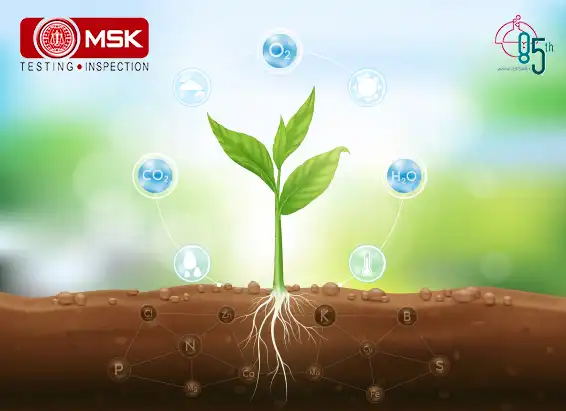
Posted on December 27 2023 By Mitra S.K ADMIN
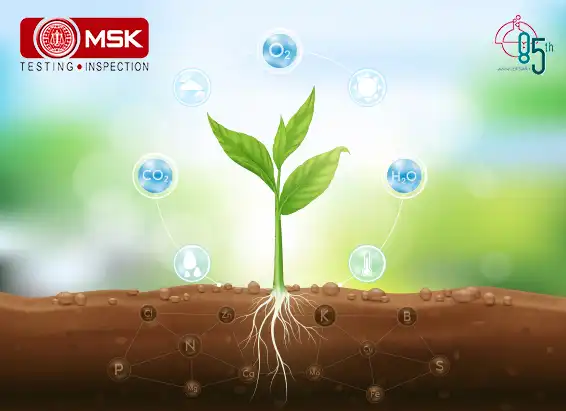
Posted on December 27 2023 By Mitra S.K ADMIN
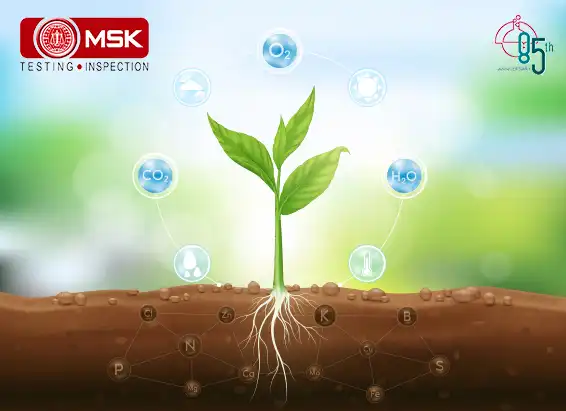
Posted on December 27 2023 By Mitra S.K ADMIN
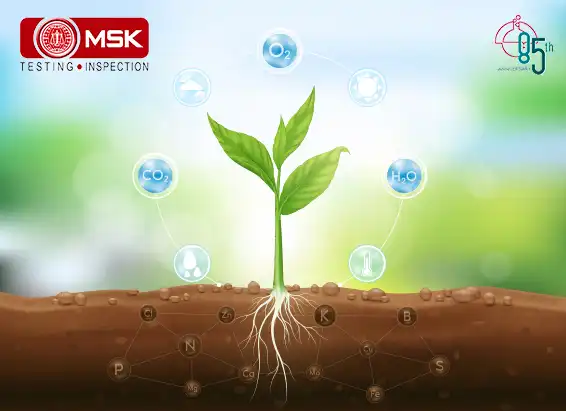
Posted on December 27 2023 By Mitra S.K ADMIN
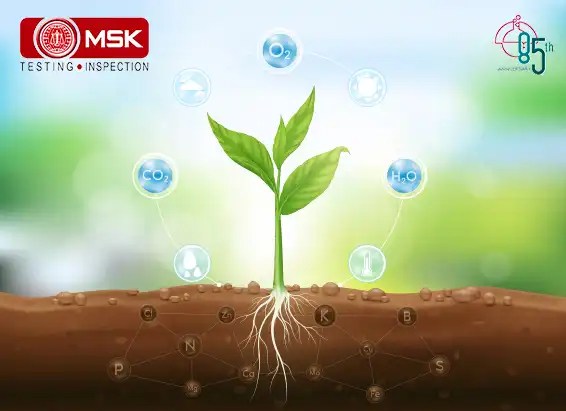
Posted on December 27 2023 By Mitra S.K ADMIN
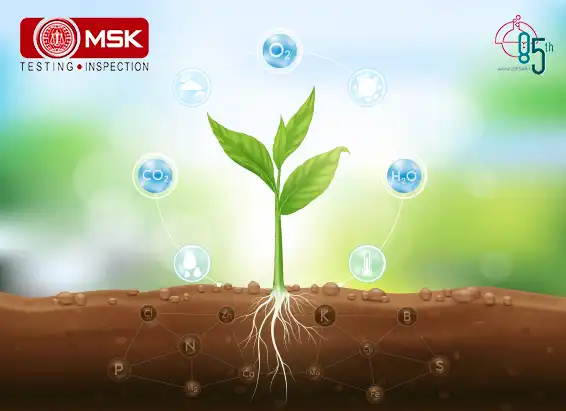
Posted on December 27 2023 By Mitra S.K ADMIN
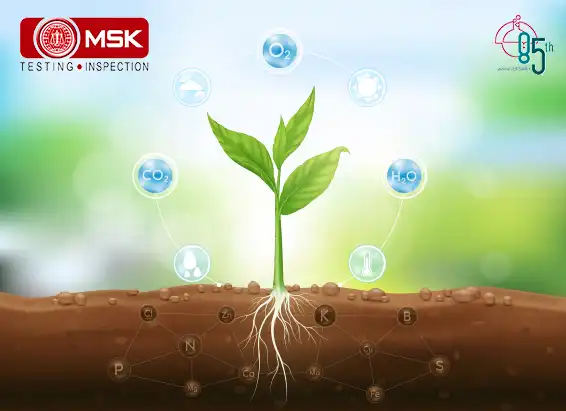
Posted on December 26 2023 By Mitra S.K ADMIN
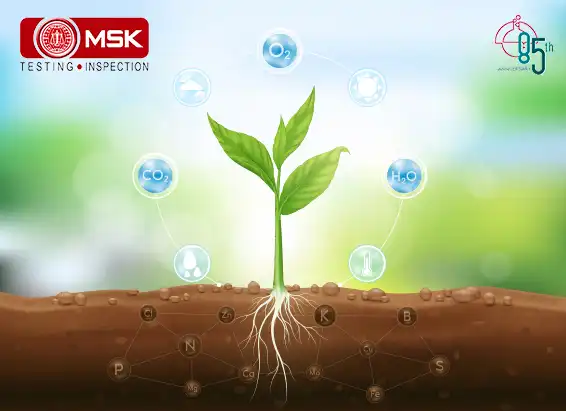
Posted on April 05 2022 By Mitra S.K ADMIN
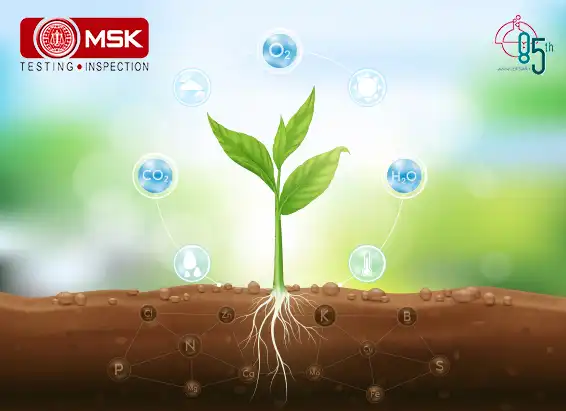
Posted on April 06 2022 By Mitra S.K ADMIN

Posted on April 06 2022 By Mitra S.K ADMIN
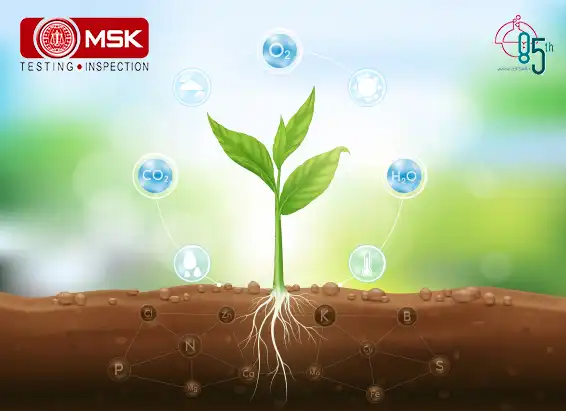
Posted on April 06 2022 By Mitra S.K ADMIN
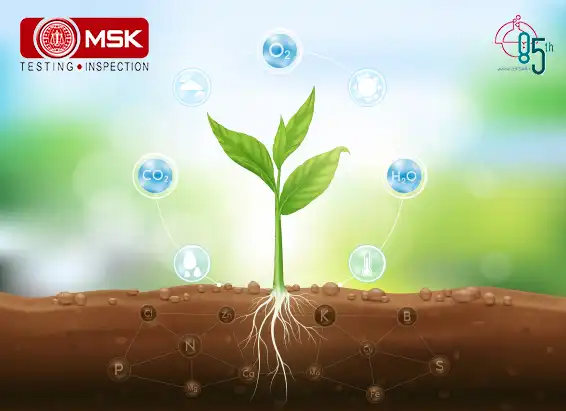
Posted on April 06 2022 By Mitra S.K ADMIN
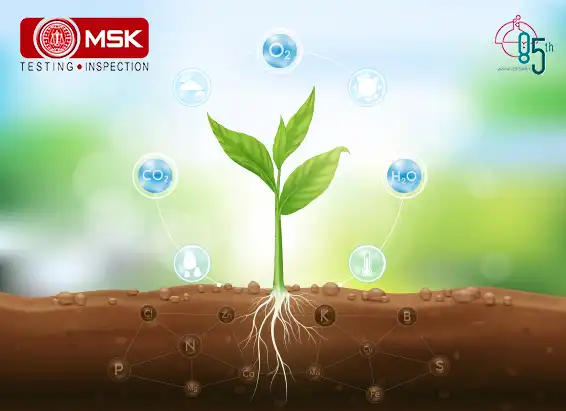
Posted on April 06 2022 By Mitra S.K ADMIN
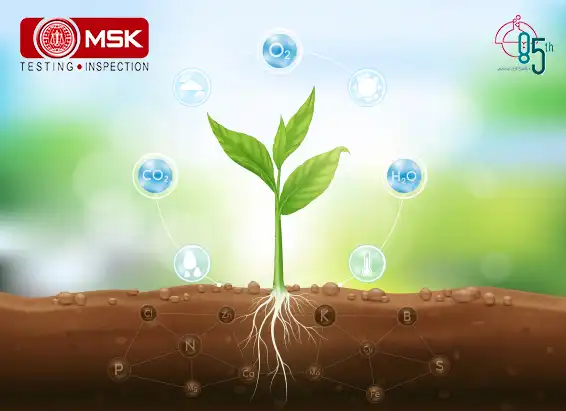
Posted on April 06 2022 By Mitra S.K ADMIN
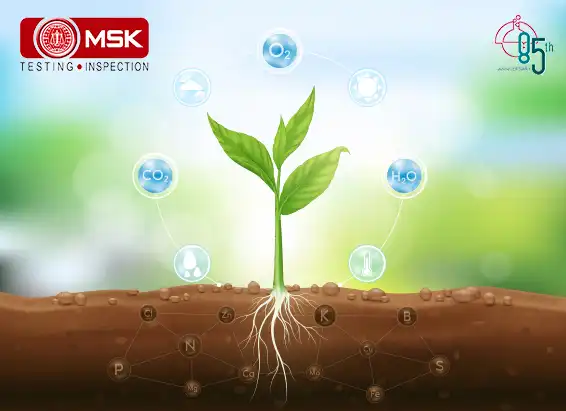
Posted on April 06 2022 By Mitra S.K ADMIN
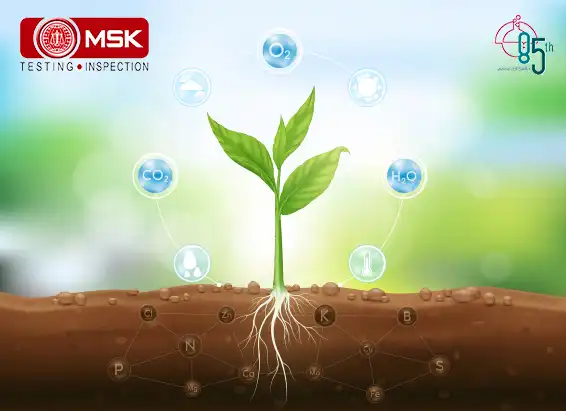
Posted on April 06 2022 By Mitra S.K ADMIN
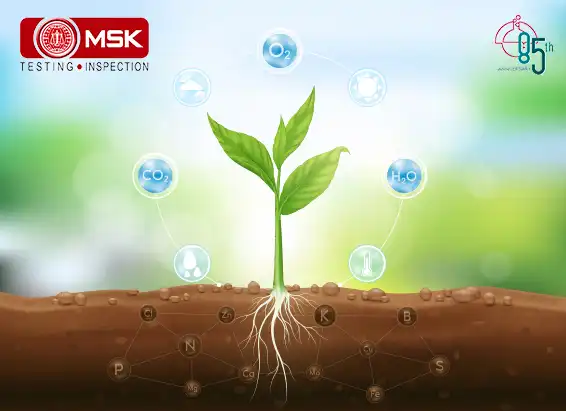
Posted on April 06 2022 By Mitra S.K ADMIN
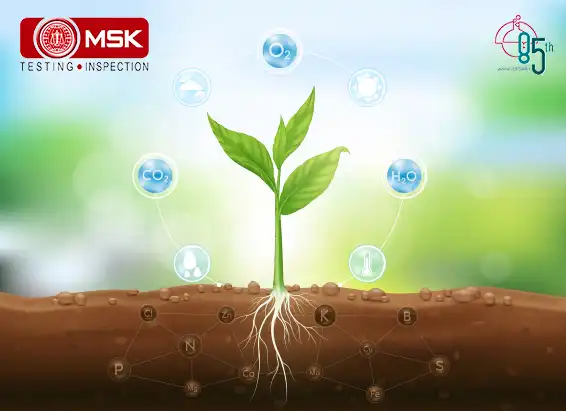
Posted on April 06 2022 By Mitra S.K ADMIN
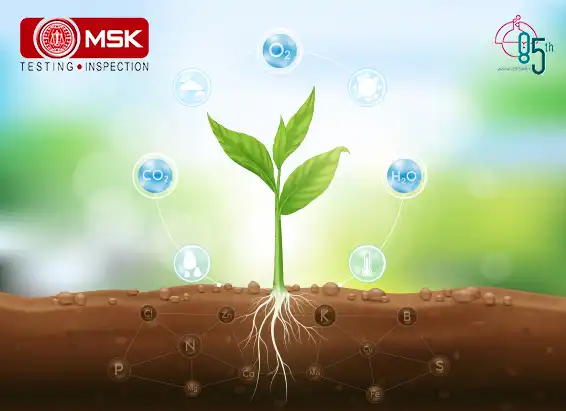
Posted on April 06 2022 By Mitra S.K ADMIN
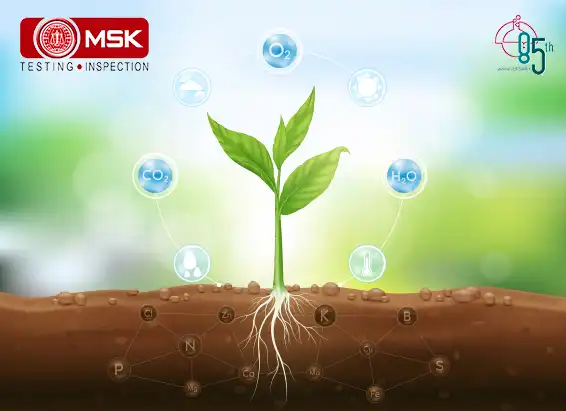
Posted on April 06 2022 By Mitra S.K ADMIN
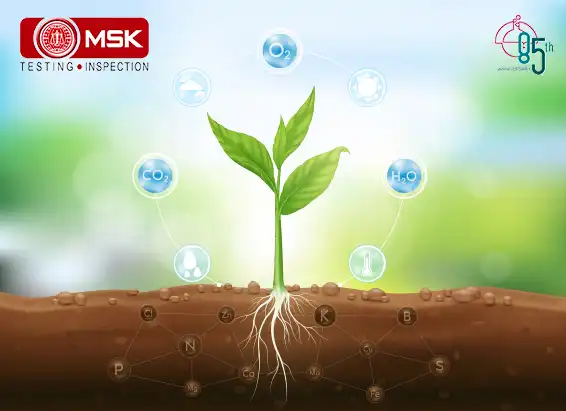
Posted on November 28 2022 By Mitra S.K ADMIN
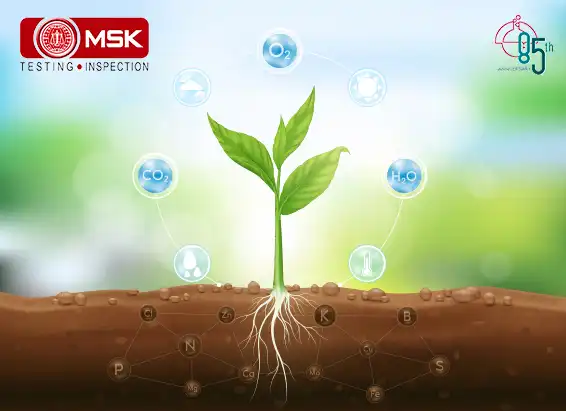
Posted on April 06 2022 By Mitra S.K ADMIN
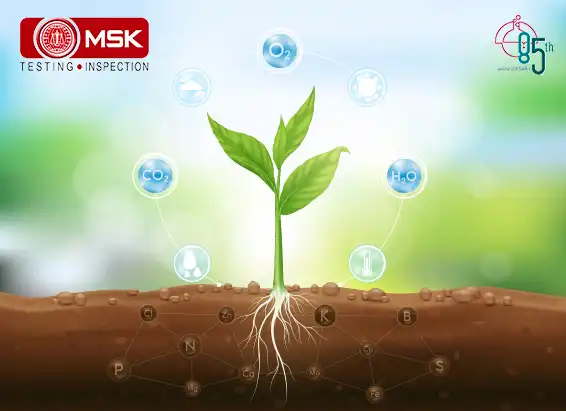
Posted on April 06 2022 By Mitra S.K ADMIN
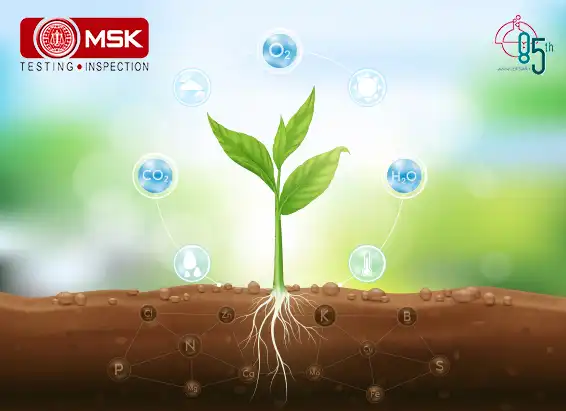
Posted on April 06 2022 By Mitra S.K ADMIN
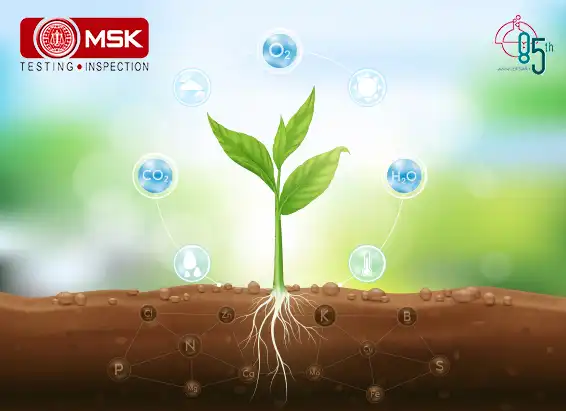
Posted on November 28 2022 By Mitra S.K ADMIN
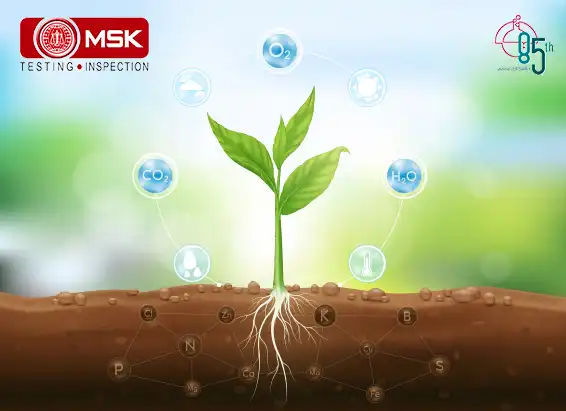
Posted on June 14 2022 By Mitra S.K ADMIN

